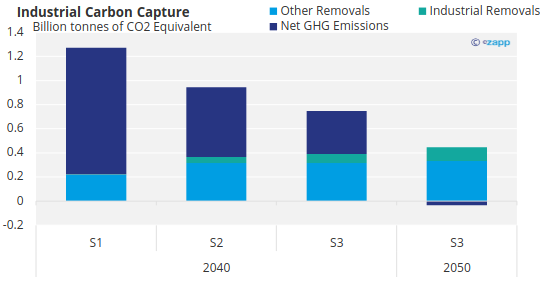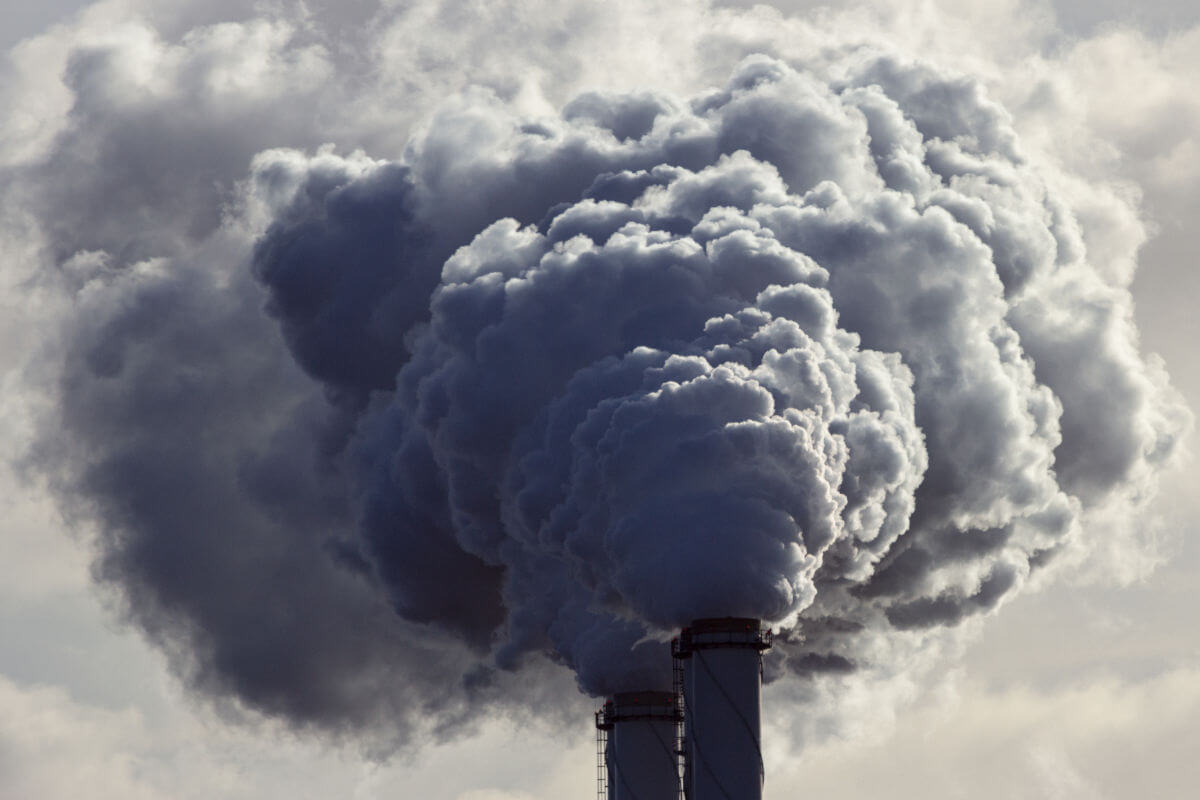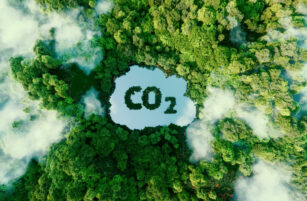Insight Focus
- The EC published a goal to cut GHG emission by 90% from 1990 levels by 2040.
- Industrial CO2 emissions could be cut by between 56% and 84% from 2015 levels.
- Carbon removals are likely to play a small but significant goal.
EC Commits to Strict Cuts
The European Commission last week published its proposal for an EU-wide emissions target for 2040, and highlighted the role that carbon removals will need to play in the bloc’s progress towards reaching net zero emissions by 2050.
The Commission document recommends a 90% net greenhouse gas emissions reduction by 2040 compared to 1990 levels, compared to the current 2030 target of a 55% reduction.

The EU’s regulator said that the region’s power sector is expected to be fully decarbonised shortly after 2040 as work continues to roll out zero-carbon alternatives such as renewables, nuclear, carbon capture and storage, carbon capture and utilisation and carbon removals.
In an accompanying impact assessment, the Commission showed three modelled emissions targets for 2040, for 78%, 88% and 92% reductions. These would reduce EU-wide emissions to 1.05 billion tonnes, 578 million tonnes and 356 million tonnes respectively by the end of the next decade.

Note: Negative values represent carbon removals
Source: European Commission
The modelling suggested that under the most ambitious target, emissions from the power sector could be eliminated entirely by 2040.
Industrial Sector Poses Problems
Addressing industrial emissions however is a more challenging task, given the relatively poor performance seen so far within the EU ETS. The impact assessment model see potential to cut industrial CO2 emissions by between 56% and 84% from 2015 levels across the three models through electrification, new manufacturing technologies, alternative materials and cleaner supply chains.
Carbon capture plays a key role for the first time in the 2040 model, with total CO2 capture ranging from 100 million tonnes per year to as much as 350 million tonnes per year. Most of the CO2 captured would be injected into underground reservoirs, with a growing share being repurposed in materials from 2040 onwards, the Commission study found.
Carbon removals would be made through improved land-use policies, such as forestry, which is expected to contribute most removals of around 320 million tonnes per year over the 2030-2050 period. As industrial removal technology develops and scales up, this category could account for as much as 75 million tonnes per year by 2040.

Source: European Commission
New Target Requires ETS Reforms
But while removals are seen as a long-term requirement for the EU, the more immediate work of continuing reductions in annual emissions will be carried out through the bloc’s carbon markets.
A new 2040 target of 90% will require more reforms to the EU ETS, and this process is likely to begin no earlier than 2026. The EU ETS currently targets a 62% reduction from 2005 levels – the first year of the carbon market – as part of the 55% target for 2030.
Consequently, the EU ETS will clearly carry a heavy burden of reduction in the next decade as well. But it will be joined by a new emissions market, known as ETS 2, which will cover emissions from fuels used in the transport and domestic sectors.

ETS 2 will begin in 2027 and will have a target of cutting transport and domestic emissions by 42% from 2005 levels by 2030. The new market will focus on fuel distributors rather than individual consumers, but the share of all EU emissions covered by carbon pricing will increase to around three-quarters of the bloc’s total carbon footprint.
The 2040 target will begin its lengthy political and legislative journey after the upcoming European elections and after a new Commission has been established.













